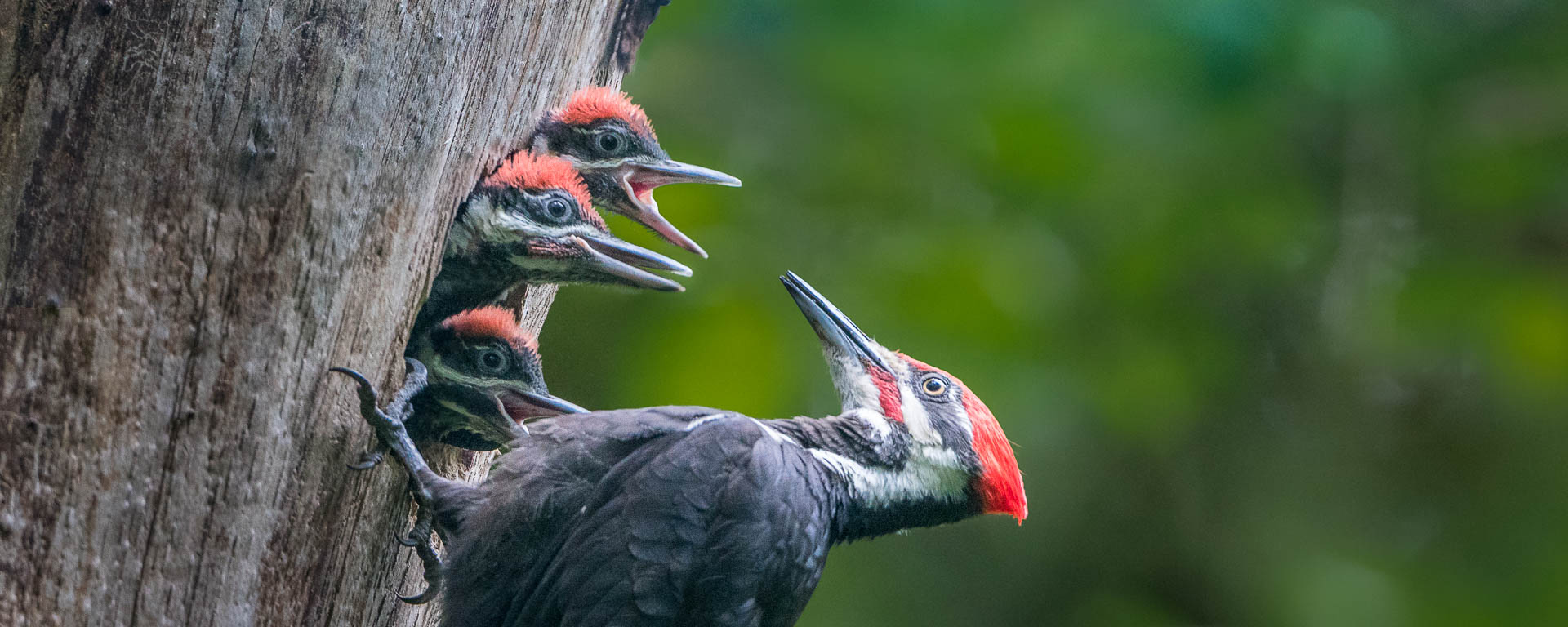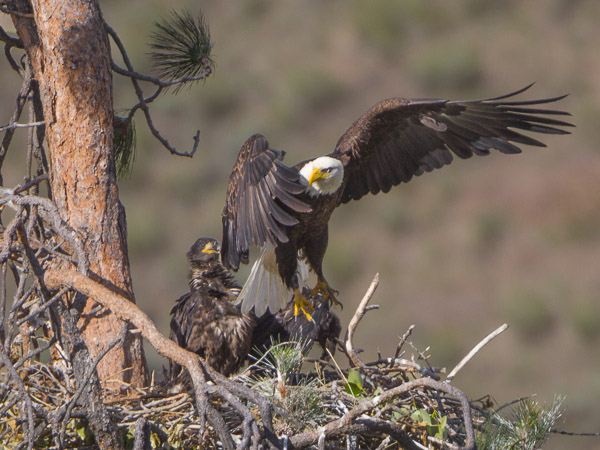
For serious enthusiasts, bird photography is an all year endeavor. Always there’s something to photograph. Opportunities change with the seasons, local weather, bird plumage and migration. In the north, though, a particular month stands out. It’s a month when bird photography crescendos, when activity peaks, when opportunities are so numerous you simply can’t do them all. That month is June.
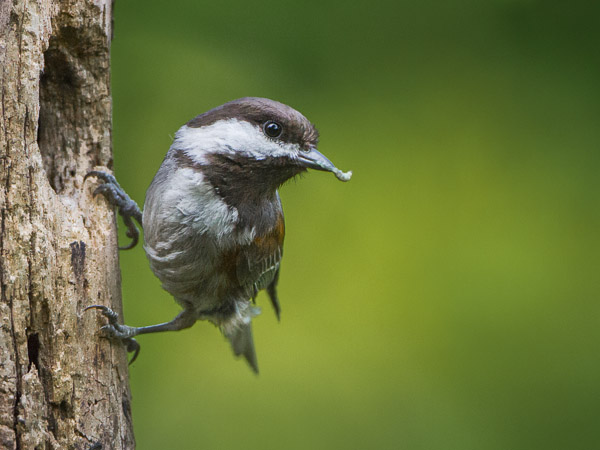
June is bird nesting month. Birds migrate north in May; they court, build nests and lay eggs. By June, the chicks have hatched or are near hatching. For a few short weeks, hard-working adults fly in with food to stuff ravenous mouths. My backyard hosts chickadees, nuthatches, towhees, robins, juncos and wrens. As I write on 5/31, all but the wrens are feeding chicks. A young robin has fledged, moving between branches in our yard in response to feeding from adults—or escaping threats from jays or crows (or me). In the local woods, I found a Pileated Woodpecker nest, with young sticking their heads out begging when mom or dad arrives with food. On Lake Washington, a Pied-billed Grebe is sitting on eggs, but a couple of them have already hatched, and the little guys are on mom’s (or dad’s) back, tucked under feathers. The baby grebes emerge from under the feathers when dad paddles in with aquatic insects or tiny fish, a fantastic photo op. As June unfolds, I’ll be photographing these scenes, and then I’m off to eastern Washington for grebes, shorebirds, warblers and raptors. I’ll also travel this month to the Lac Le Jeune area in British Columbia for loons, ruddy ducks and eared grebes, all on the nest or with newly hatched chicks. June truly is bird photography month.
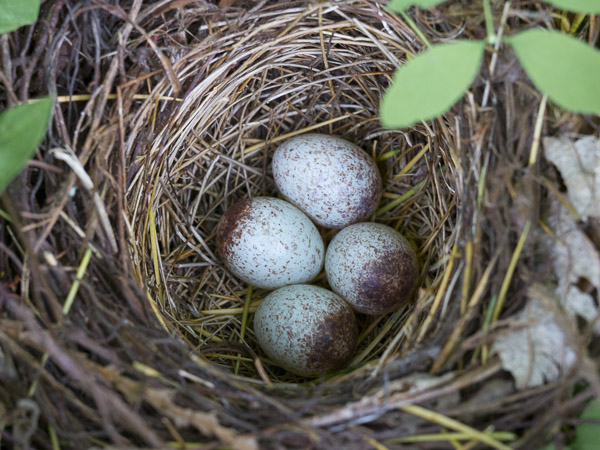
The groundwork for a successful June comes in April and May, if not before. The nest boxes in my yard, put up (or cleaned out) in winter, are now an easy photo shoot (see Do It Yourself Backyard Nesthole) for select local cavity nesters. In walks or kayak paddles in local parks, I’ve scouted with binoculars sans camera, checking likely habitat for bird nesting behavior, looking for fresh woodpecker holes in snags, or birds in flight carrying nest material. I check our local tweeters posts (now ebird fills this niche), and consult with birders and local photographers. Farther afield, I was in eastern Washington twice in May, scouting for nesting activity in Yakima Canyon, and at the Potholes Reservoir and Dry Falls areas. I’ve located dozens of nests. A few have high potential for good photos with minimal disturbance of the birds.
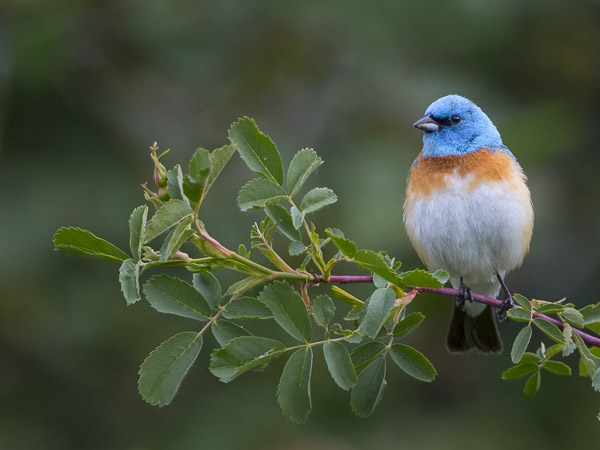
My general rule is, if a bird on its territory or parent at the nest acts alarmed for more than a minute or so (perhaps only a few seconds), I move on to photograph elsewhere. If the bird returns to normal activities despite your intrusion, you’re probably ok. To find birds in the first place, and to make appropriate judgment regarding disturbance, learn as much as you can about birds, study their behavior in the field, and especially watch them from afar before considering intruding. By watching from afar you learn the bird’s normal patterns, so if you intrude and their behavior changes, you can better judge your interference. Some species can only be photographed with a blind (hide) or are best left undisturbed. When in doubt, leave them be, or perhaps keep a watchful eye from a distance to gather data, even if it means waiting for the following year. On the flip side, many birds are tame. My backyard Red-breasted Nuthatches tolerate my presence six feet from their nest on my back deck. They fly in and out unconcerned. I don’t need more than a 200mm lens! One more note: don’t ever assume that you’re not disturbing a nest because you move quickly in and then away. You may be telegraphing the location to less benevolent parties. Crows and jays watch our behavior. If we give away a nest location, the eggs or chicks may end up someone else’s next meal.
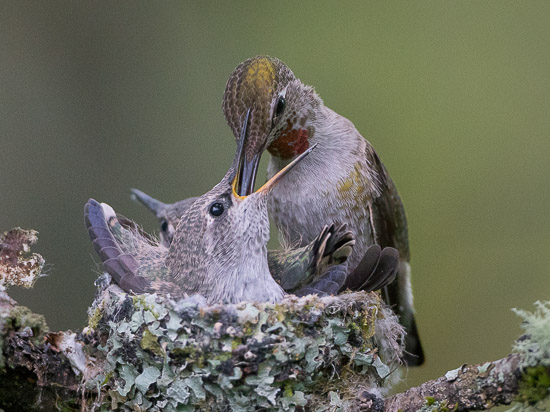
Gary
